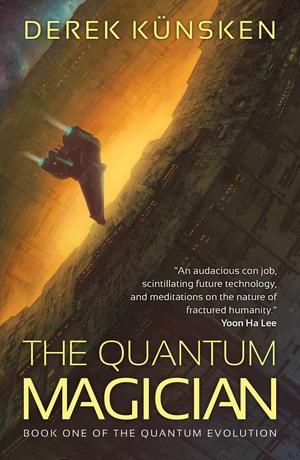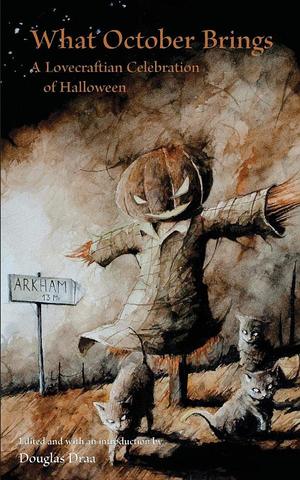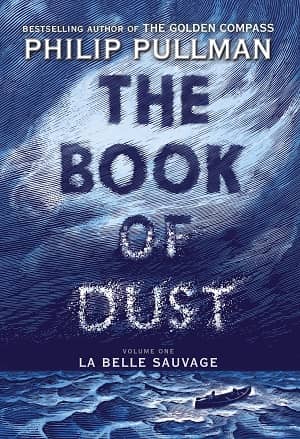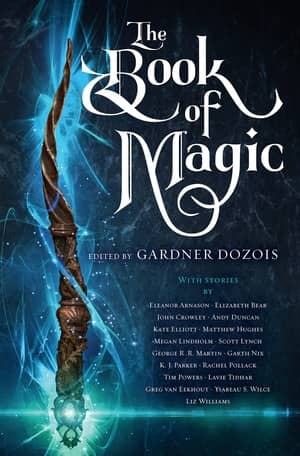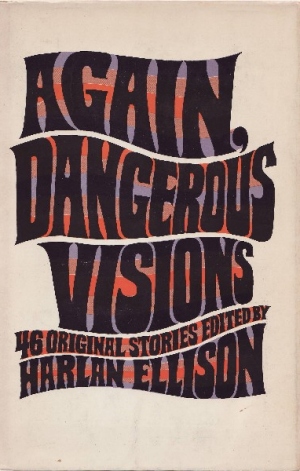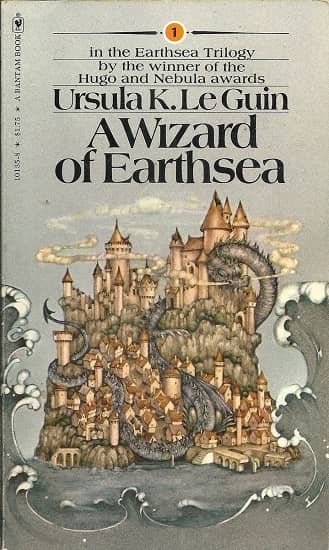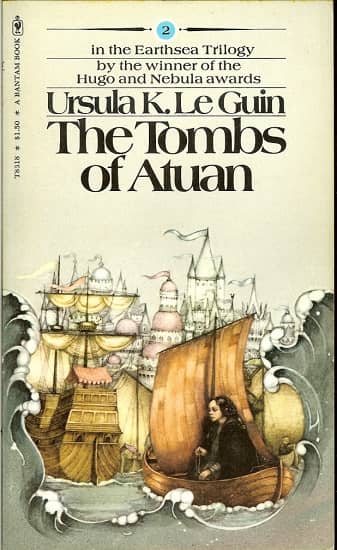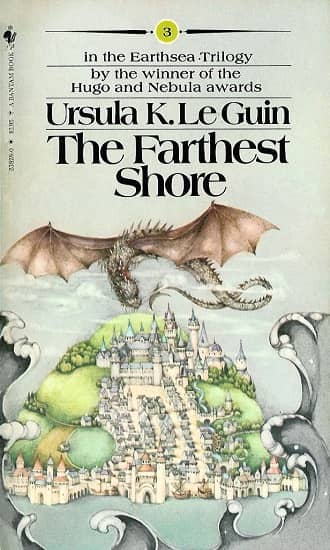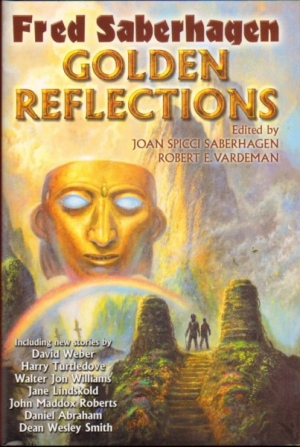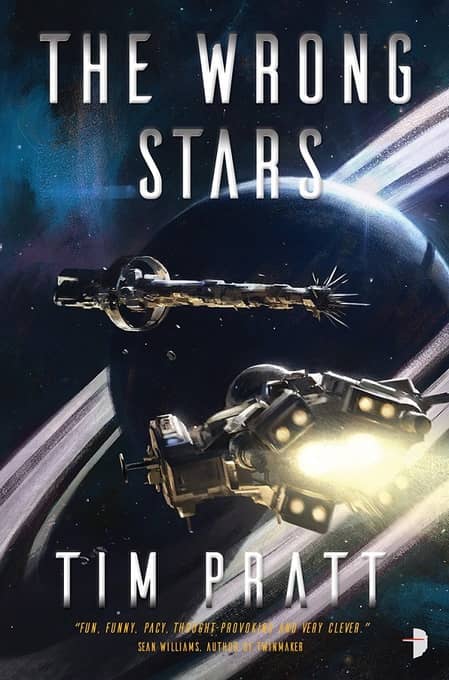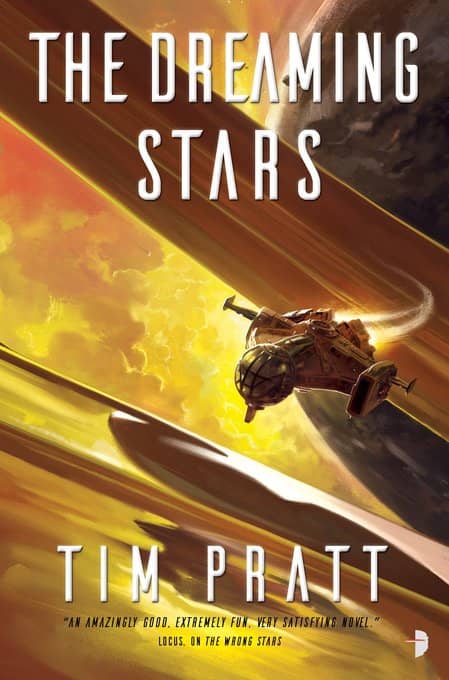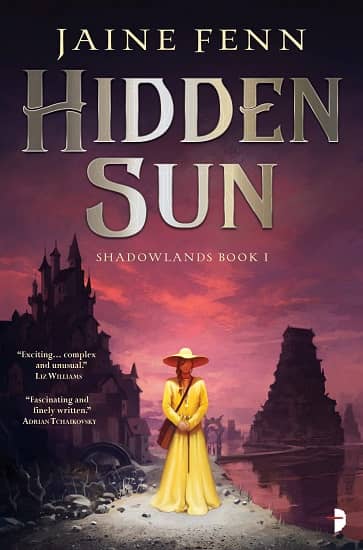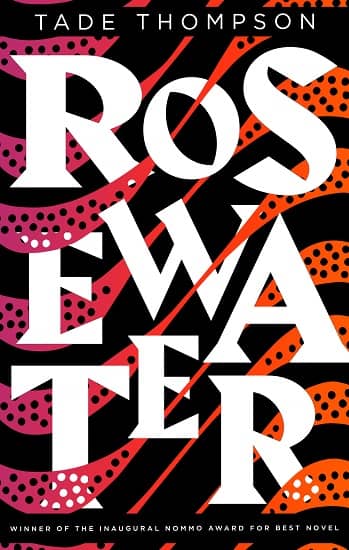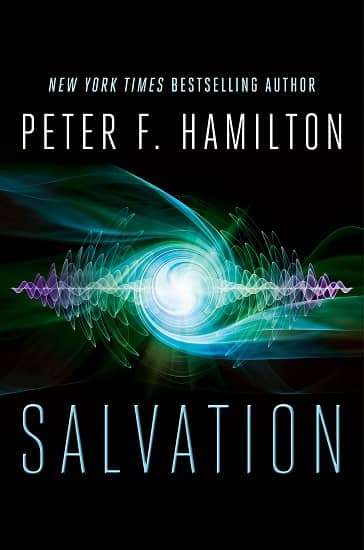Talking to Ghosts: Keri Arthur’s Outcast Trilogy
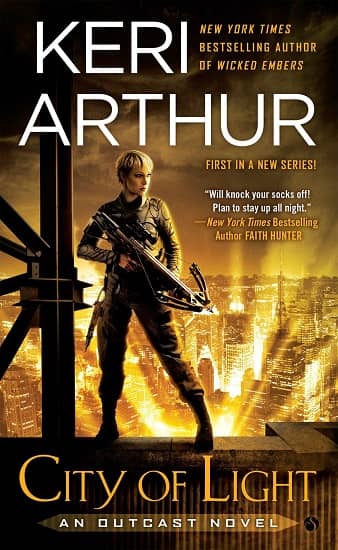 |
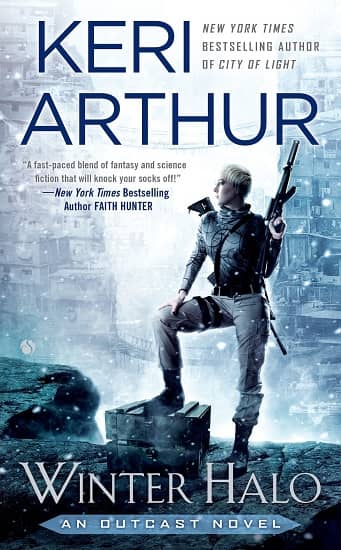 |
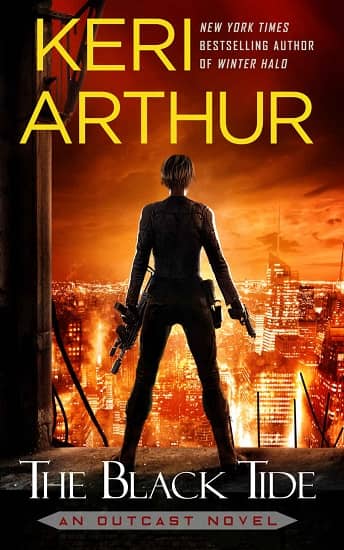 |
I quit reading urban fantasy and paranormal romance sometime around 2008, when you couldn’t browse bookshelves without being blinded by a sea of leather-clad heroines wielding crossbows. I mean, I love Buffy the Vampire Slayer and Angel as much as the next person, but man. That show has a lot to answer for.
Now that it’s safe to shop again, I’m kinda curious about those books that survived the mass extinction of urban fantasy. I pull them off the shelves at Barnes & Noble and say, “What are you doing here?” They’re like the rebel pilots that survived the attack on the Death Star. They can hold reunions in a phone booth.
Like any publishing boom-and-bust cycle, it’s only the best that endures. So I was naturally intrigued to find Keri Arthur’s City of Light at B&N earlier this year. Arthur is the author of the Souls of Fire, Dark Angels, and the New York Times bestselling Riley Jenson, Guardian series. She’s written more than forty books, and won Romantic Times‘ Career Achievement Award for urban fantasy. City of Light is the opening novel in the Outcast trilogy, a post apocalyptic tale set a century after a devastating war tears a hole in reality, and the last remnants of humanity cling to life in brightly-lit cities that shield them from terrifying spectres. It’s a promising blend of SF and paranormal horror (even if it does have a crossbow on the cover), and has sort of a Resident Evil vibe, with a superhumanly powerful heroine who faces off against both undead nasties and an evil pharmaceutical company whose experiments on adults and children bring unexpected horrors.
City of Light won plenty of acclaim, with Library Journal praising it for “An intriguing world and a marvelous heroine who speaks to ghosts,” and The Speculative Herald calling it “Exciting and well written… a remarkable mix of intrigue and action.” The first two books in the series were published in paperback by Signet, but it didn’t do well enough for them to pick up the third volume, so Arthur self published it in the US in December of last year.
